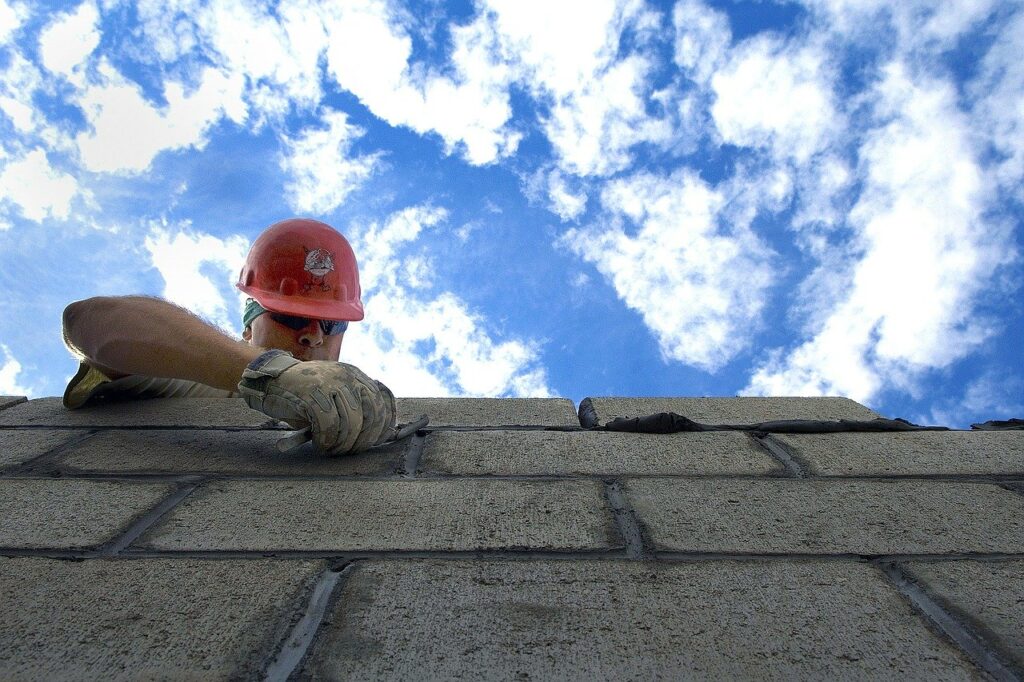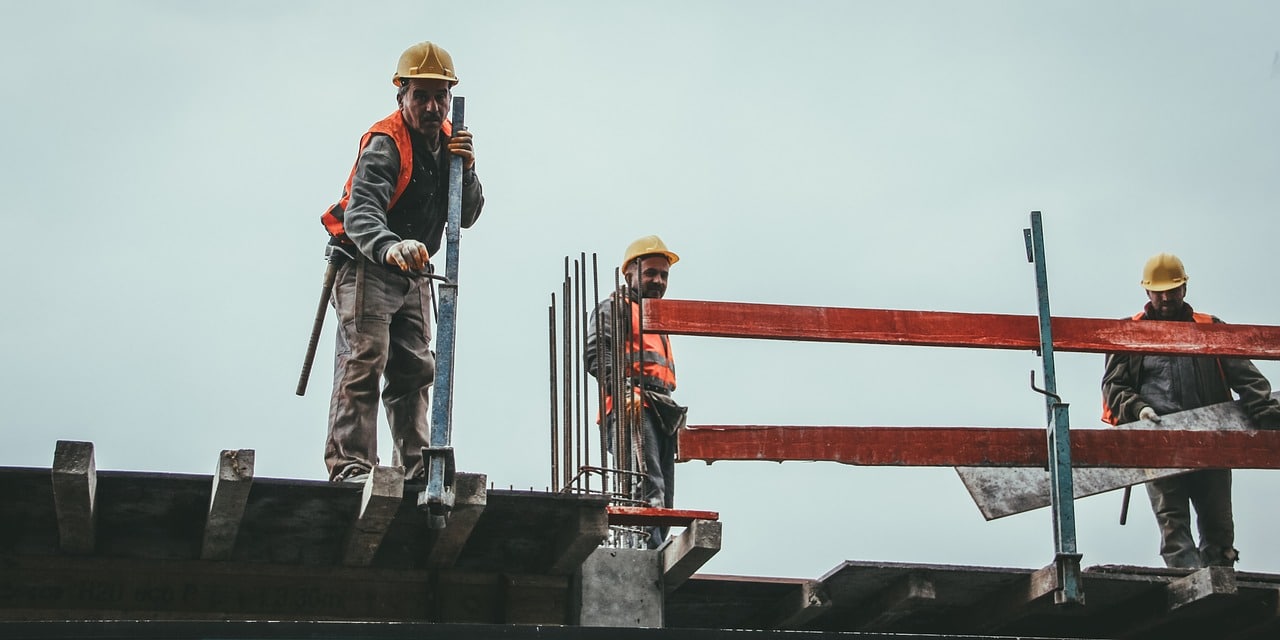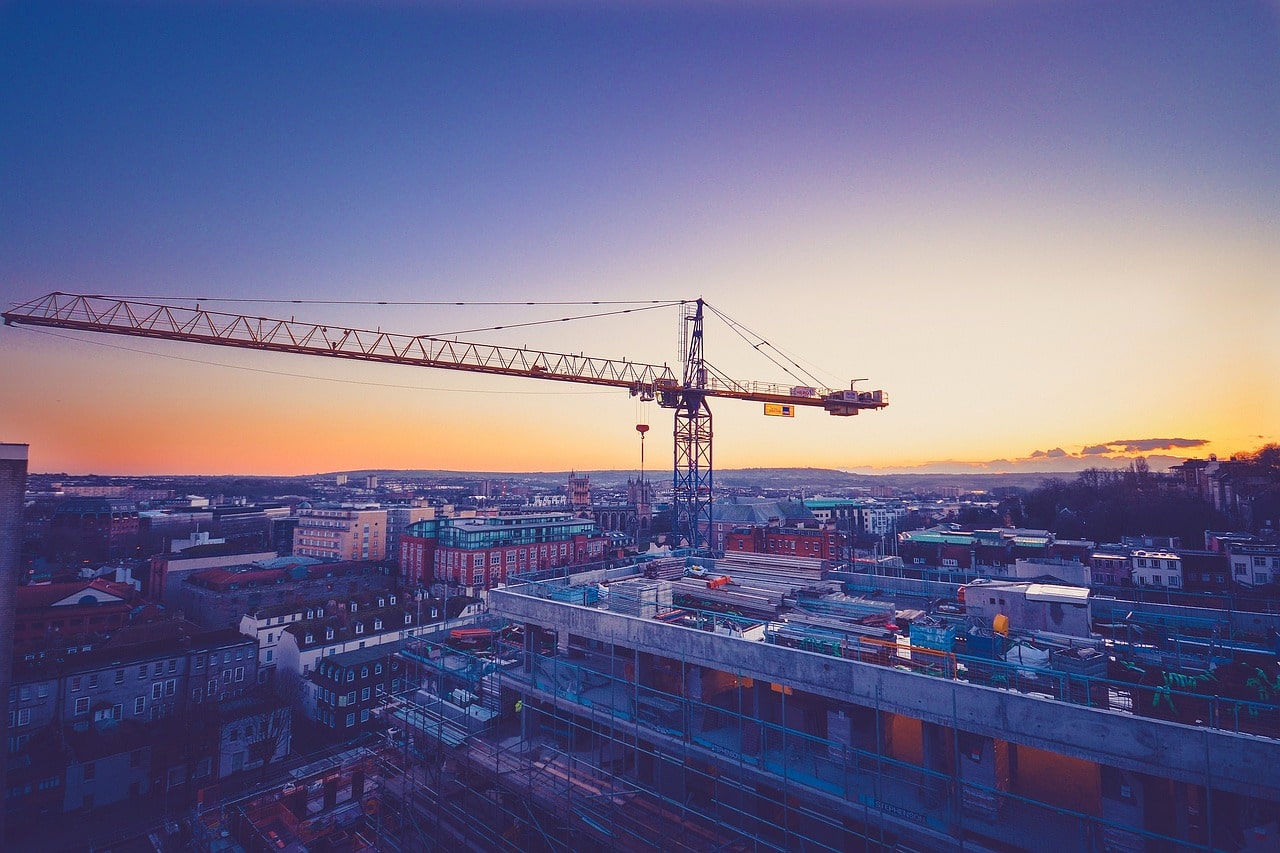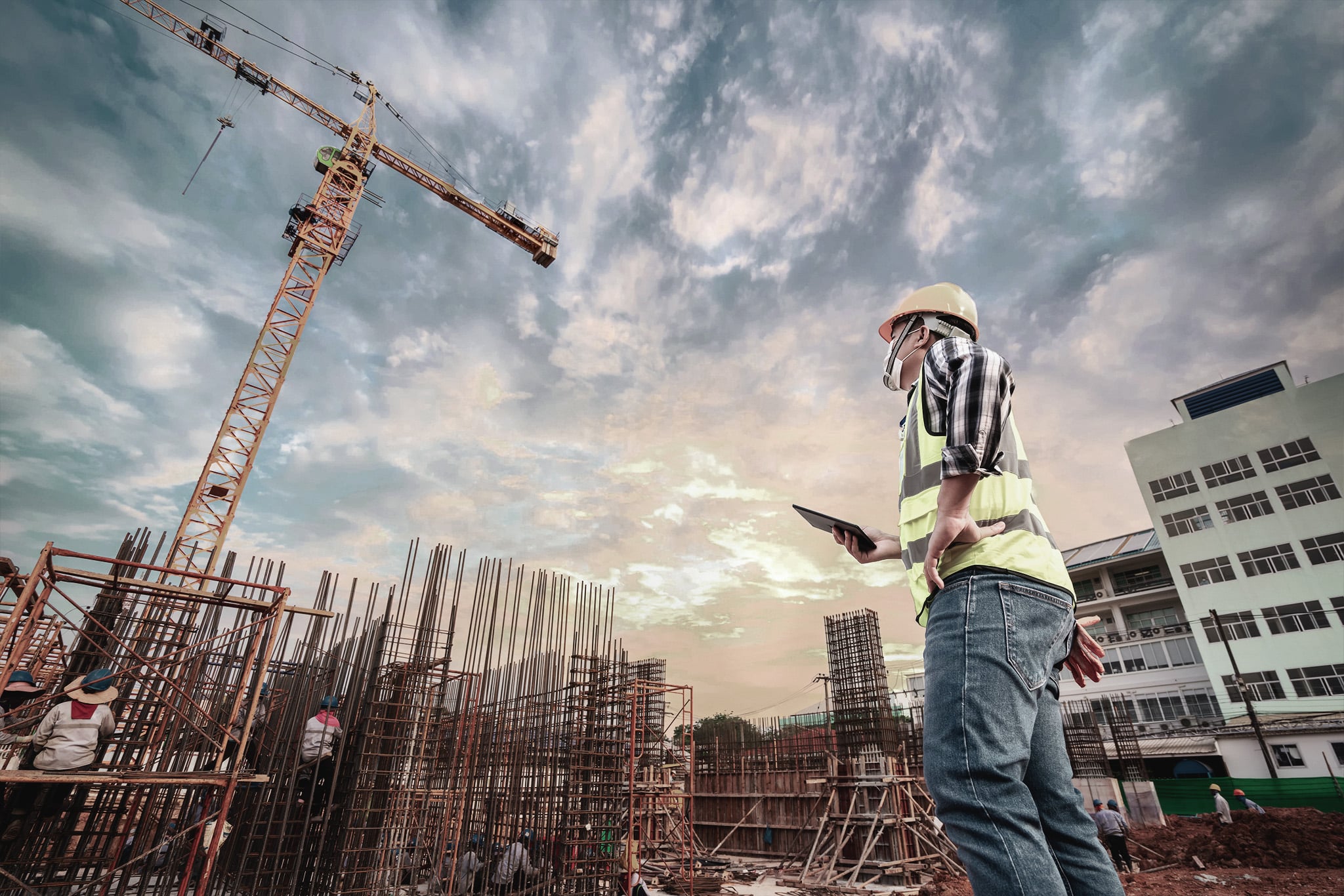Bricks were used all the time to construct homes and other buildings in the past, but over the years, they have been set aside by contractors who wanted to use other materials. The good news is that bricks have weathered the storm and they are still being used on some of the most amazing buildings, and some brilliant walkways and patios, around the world!
Older bricks were mainly comprised of clay, but that has changed with the bricks that are used today. The newer bricks that are used nowadays are comprised of either concrete or clay-bearing soil, lime, and sand. When these bricks are set in place for construction purposes, they need to be secured with either mortar or another adhesive. Another option is to interlock them to prevent them from moving over time.
There are thousands of different bricks available for you to use, so do not think that choosing one is as easy as going to a store and stating that you need to purchase some bricks. Instead, you must know what you are using the bricks for, the size that you require for the job, or the size of the job, and the quality of the brick that you want. Sometimes knowing what material you want the bricks to be is helpful in narrowing down your choices, as is the texture and where they were made.
A common, or building, brick is intended to be used on the inside of a structure and they are never visible when the project is finished. Face bricks are completely different, and these are the bricks that can be seen on the exterior of a home or building. They always have a clean appearance to add visual appeal to the space. Paving bricks always go into the ground, while thin bricks have a thin width so they can be used as a veneer.
When it comes to the individual brick dimensions, no brick is ever made too large to be picked up with one hand. This is due to the bricklayers needing their other hand for the trowel and it would be a longer process if any bricklayer had to continuously put their trowel down to pick up each brick to put in place.
Most brick dimensions have the length of the brick doubled as what the width of the mortar joint is, because that allows the brick to add stability and strength to what is being constructed. Bigger bricks are normally used in colder climates, as they create a thicker wall that offers more insulation. Therefore, smaller bricks are used where the weather is warmer throughout the entire year, which actually makes it cheaper to construct things out of bricks in those regions.
At the same time, using larger bricks can keep costs down, because less bricks would need to be used, as well as less mortar. This also saves on the cost of labor since fewer bricks require less time to put in place.
Most manufacturers produce bricks that meet standard brick dimensions, but that doesn’t mean that they will not customize brick sizes for those jobs that require something different! When you are considering which bricks to use for your project, you must keep in mind that the nominal brick dimensions are normally made to fit into a grid that is four inches. The bricks are made that way so that they work well with the sizing of many other building materials that include windows, doors, and wooden components.
It is important to note that many manufacturers will use different figures when it comes to standard brick dimensions. You may think that this will make your job more difficult, but it shouldn’t be if you know the exact number of bricks you need, or the area that you need those bricks to cover, in advance.
To show you the difference, here are the typical brick dimensions in the United States, Australia, and South Africa:
- United States: 8 x 4 x 2.25 inches
- Australia: 9 x 4.33 x 3 inches
- South Africa: 8.75 x 4 x 3 inches
While a three-eighths inch mortar joint is usually used during the construction process, it is important to be aware when they are half an inch. This is not noticeable by many people after the fact, but it is an important detail where making a mistake can mean the difference between an easy job and a difficult one.
The number of bricks that you use per square foot of construction space will be dependent on the size of each brick. You will only use a little more than three utility bricks per square foot, while it will take you almost seven modular bricks to fill that same space. This shows you how the cost of the construction can change depending on the type and size bricks you are using. It is important to note that this example is using a quarter inch vertical and horizontal mortar joint.
The bricks used the most in the construction world include endurance, king, queen, modular, and engineer modular. Endurance bricks are necessary when you need bricks that can hold heavy loads. This is the brick that is commonly used to design pillars and very strong walls.
King and queen bricks are very similar, but the queen size is slightly smaller. To give you an idea of the size difference, a king brick is normally 3 3/8 x 3 x 10 inches while a queen brick is 2 ¾ x 3 x 10 inches. These bricks are used to create thinner walls and they are preferred by those who are trying to construct a building at a lower cost.
Modular and engineer modular bricks are also similar and they are the most common bricks for construction. The engineer modular brick has a larger face height, which makes it an oversized brick when talking about brick dimensions. This larger brick dimension is often used to create firm walls and structures.
As you can see, it is quite important that you know the brick dimensions that you need prior to starting any construction project. This knowledge will ensure that you purchase the correct amount of bricks to construct a building, create a walkway or patio, or anything else that you are building.
Without this knowledge, you may find that you have too many bricks or even worse, not enough bricks to finish the job at hand. The latter can be detrimental to any project, because it can cause delays that can set the project back weeks and cost thousands of dollars. That is something that everyone wants to avoid in the construction world, as time and materials are money.




